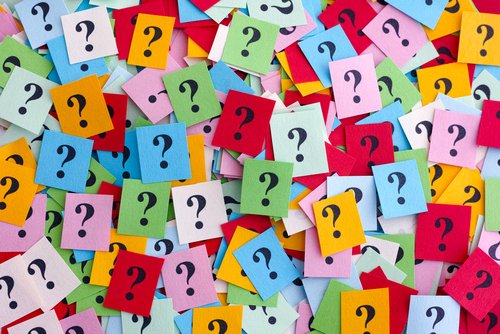What is the Symbolism and Meaning of a Simple Origami Crane Inside the Home?
/Cranes - Symbolism and Meaning?
Homeowners Use Cranes for Simple, Elegant Decor Touches
A crystal bowl full of white origami cranes sitting on a foyer or coffee table is a simple way to add a special touch to any room in your home. One of the most famous origami designs is the Japanese crane. The Japanese word origami comes from two words (“ori”, meaning to fold, and “kami”, meaning paper.) Like many things in Japanese culture, origami has its origins in China. The earliest records of origami in Japan date back to 794 – 1185 in the Heian Period. During this golden age, paper was a rare commodity, so origami was a pastime of the affluent upper classes and the nobility. It wasn’t until the Edo Period (1600-1868) that it became popular with the common and merchant classes. By the mid-19th century, 70 or more different designs have been created and become widely used.
Rich History of the Origami Crane Design
With this rich history, the crane design is considered auspicious in Japanese culture. The crane is a symbol of honor, peace, courage, and loyalty. Cranes are majestic, graceful birds that mate for life and are extremely loyal partners. Legend says that anyone who folds 1,000 cranes will be granted their greatest wish. Placed strategically inside the home, the folded cranes are said to bring good luck, fortune, and health.
A Symbol of Peace is the Crane’s
Greatest Legacy
The origami crane also has become an international symbol of peace because of the legend and remarkable story of Sadako Sasaki. As an infant, Sadako and her family were exposed to radiation when the atomic bomb was dropped on Hiroshima at the end of World War II. At age 12, Sadako was diagnosed with Leukemia and told that her prognosis was poor. Shortly thereafter, she entered the Hiroshima Red Cross hospital for arduous treatments. The story has been told that her dear friend shared the old Japanese legend of folding 1,000 cranes with her. After hearing about the story, Sadako decided to fold 1000 cranes so she might survive leukemia.
“She believed in a saying that if you fold a thousand cranes, you’d get over your sickness,” her mother wrote. “She folded paper cranes carefully, one by one, using a piece of paper of advertisement, medicine, and wrapping. Her eyes were shining while she was folding the cranes, showing she wanted to survive by all means.”
How the Legend of Sadako Sasaki Changed How We View the Origami Crane Today
As Sadako worked tirelessly to make 1,000 cranes, she came to realize that she would most likely not be able to complete her goal. She saw how sick all the other children in the Red Cross hospital were and prayed for world peace instead. On October 25, 1955, Sadako died in her sleep with her family nearby when she was only 12. Legend has it by some accounts that she had completed 644 cranes at the time of her death.
After her death, her friends decided to complete the 356 remaining paper cranes. Sadako was buried with these 1000 paper cranes to honor her dream of world peace.
Inspiration for World Peace
Her story of courage and compassion also inspired her peers and family friends to create a large granite statue of Sadako Sasaki in the middle of the Hiroshima Peace Park. The statue depicts a girl standing with her arms open wide with a paper crane flying from her fingertips. Words written at the base of the monument say, “This is our cry. This is our prayer. For building peace in this world.”
At the end of every day, the memorial is said to be covered with paper cranes in the hope and prayers for world peace. Families, school children, and other adults are said to travel from all around the world with paper cranes in hand to visit Sadako Sasaki and the Children’s Peace Monument in Hiroshima.
Origami Cranes - Think of Peace, Hope, Love, and Loyalty When Placing Them Inside Your Home.
This is why when I see a bowl full of simple, white cranes sitting on a table in a home, I think of peace, hope, courage, love, loyalty, good health, and longevity. With practice, Origami cranes are relatively easy to make. They also can be ordered online, already folded, and ready to use. Go ahead pull out a crystal bowl and fill it up with beautiful, peaceful cranes. Breathe and be reminded how lucky we truly are each and every day.






























